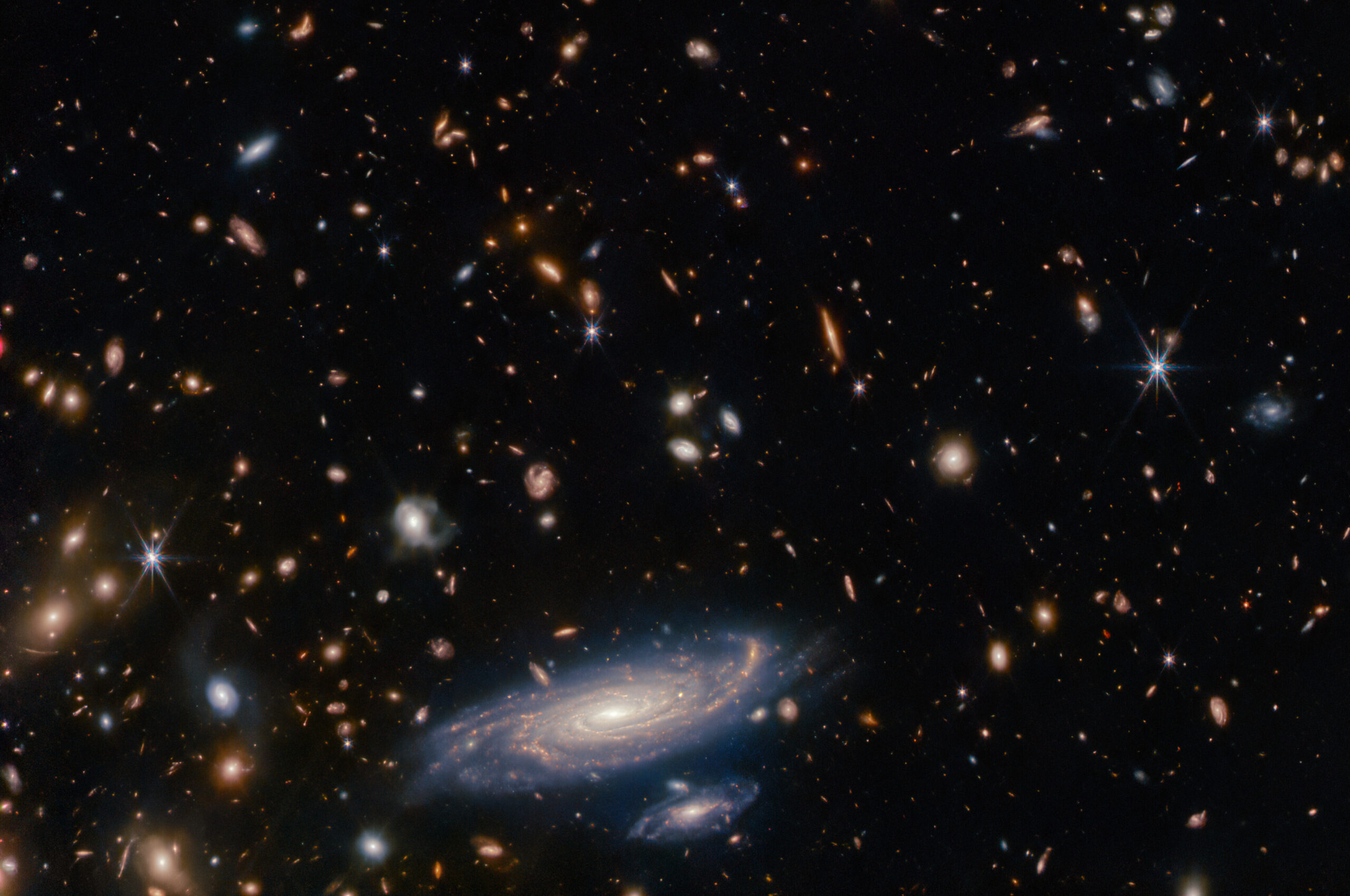Listed are all scientific papers resulting from an ISSI activity written or co-authored by ISSI Team members, Working Group members, Workshop participants, visitors or staff members.
Launched in 2003, the European Space Agency’s Mars Express (MEX) has been orbiting Mars for 20 years and its instruments have performed continuous monitoring of the conditions in the Martian atmosphere, providing one of the most complete datasets of atmospheric parameters ever collected for Mars.
Context. Whether the Sun is an ordinary G-type star is still an open scientific question. Stellar surveys by Kepler and TESS, however, have revealed that Sun-like stars tend to show much stronger flare activity than the Sun. Aims. This study aims to reassess observed flare and spot activity of Sun-like Kepler stars by fine-tuning the criteria for a more robust definition of Sun-like conditions and better comparability between the current Sun and Sun-like stars. Methods.
From late October to early November 2003, one of the strongest recorded geomagnetic storms occurred due to heightened solar activity. Three ground‐level enhancement events (GLEs) took place during this period, GLE 65, 66, and 67, known as the Halloween events.
Plasma high-speed jets are common in Earth’s magnetosheath, and they significantly perturb the magnetosheath and affect the magnetosphere. The space environment of Mercury, characterized by the bow shock, magnetosheath, and magnetosphere, shares many similarities with that of Earth, so high-speed jets may also be formed in Mercury’s magnetosheath. Here we examine the formation of magnetosheath jets using a three-dimensional global hybrid simulation.
We present the PANORAMIC survey, a pure parallel extragalactic imaging program with JWST/NIRCam observed during Cycle 1. The survey obtained ∼530 square arcmin of NIRCam imaging from 1–5 μm, totaling ∼192 hr of science integration time. This represents the largest on-sky time investment of any Cycle 1 GO extragalactic NIRCam imaging program by nearly a factor of 2.
Jupiter’s polar aurorae deliver significant heating at the poles, thought to spread across the planet through atmospheric winds. Additionally, ground‐based Keck observations have revealed a large‐scale high‐temperature region, spatially distinct from the aurorae. Here, we investigate the origins and characteristics of the feature using Keck data, in‐situ Juno spacecraft measurements, and solar wind modeling.
Since the Voyager mission flybys in 1979, we have known the moon Io to be both volcanically active and the main source of plasma in the vast magnetosphere of Jupiter. Material lost from Io forms neutral clouds, the Io plasma torus and ultimately the extended plasma sheet. This material is supplied from Io’s upper atmosphere and atmospheric loss is likely driven by plasma-interaction effects with possible contributions from thermal escape and photochemistry-driven escape.
The physical processes in the solar corona that shape the solar wind remain an active research topic. Modeling efforts have shown that energy and plasma exchanges near the transition region play a crucial role in modulating solar wind properties. Although these regions cannot be measured in situ, plasma parameters can be inferred from coronal spectroscopy and ionization states of heavy ions, which remain unchanged as they escape the corona.
Context. Extreme solar particle events (ESPEs) were identified almost a decade ago, providing context for super events unleashed by our host star, the Sun. Their assumed solar origin drives the question of their “worst-case” impact, which could be profound, multifaceted, and devastating for our technological society. Aims.
Context. We investigate the behavior of the plasma in eruptive prominences and coronal mass ejections in characteristic physical conditions. Aims. We aim to demonstrate various relations between the plasma parameters and radiation properties relevant to Solar Orbiter and Metis observations. Methods. Our method is based on 2D non-local thermodynamic equilibrium (non-LTE) modeling of moving structures that are externally illuminated from the solar disk.
